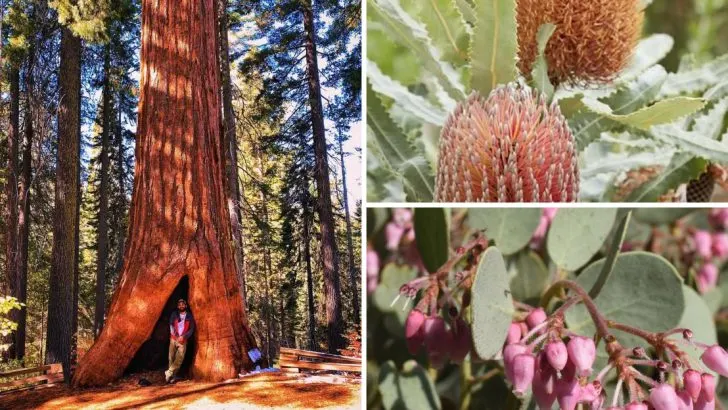Fire, often seen as destructive, plays a surprisingly vital role in the life cycles of certain plants. Some species have evolved to not only survive but to depend on fire for reproduction and growth.
Through a process known as “fire ecology,” these plants have adapted to thrive in environments shaped by frequent fires, using the heat and smoke to trigger germination and rejuvenation.
In this article, we’ll explore ten fascinating plants that rely on fire to reproduce and thrive. From resilient trees to colorful wildflowers, these fire-dependent species demonstrate the remarkable adaptability of nature and the crucial role fire plays in certain ecosystems.
Lodgepole Pine
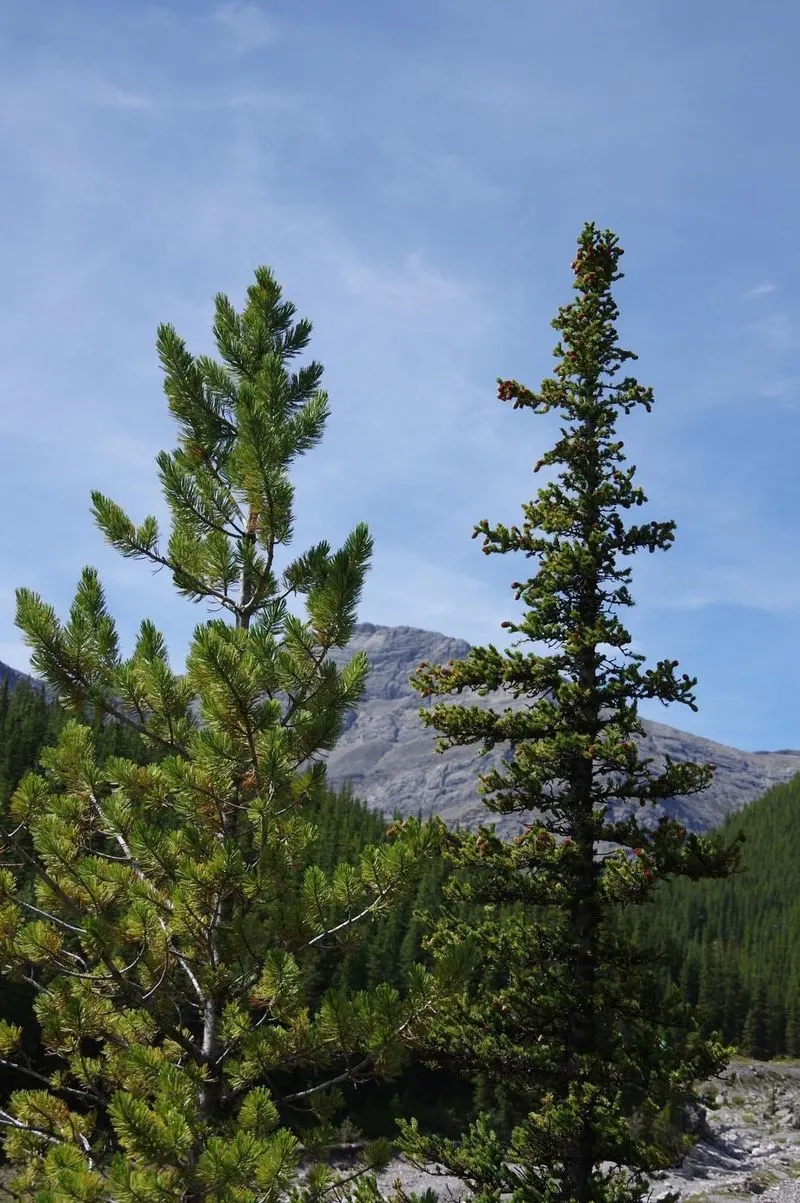
In the vast landscapes of North America, the Lodgepole Pine stands as a testament to nature’s resilience. Its cones, tightly sealed with a resin, only open under the intense heat of a wildfire. This unique adaptation ensures that seeds are released into a nutrient-rich, ash-laden environment perfect for germination.
Wildfires clear the underbrush, reducing competition and allowing sunlight to nourish the young saplings. This strategic release following a fire event ensures the continuation of the species, turning destruction into an opportunity for renewal and growth.
Banksia
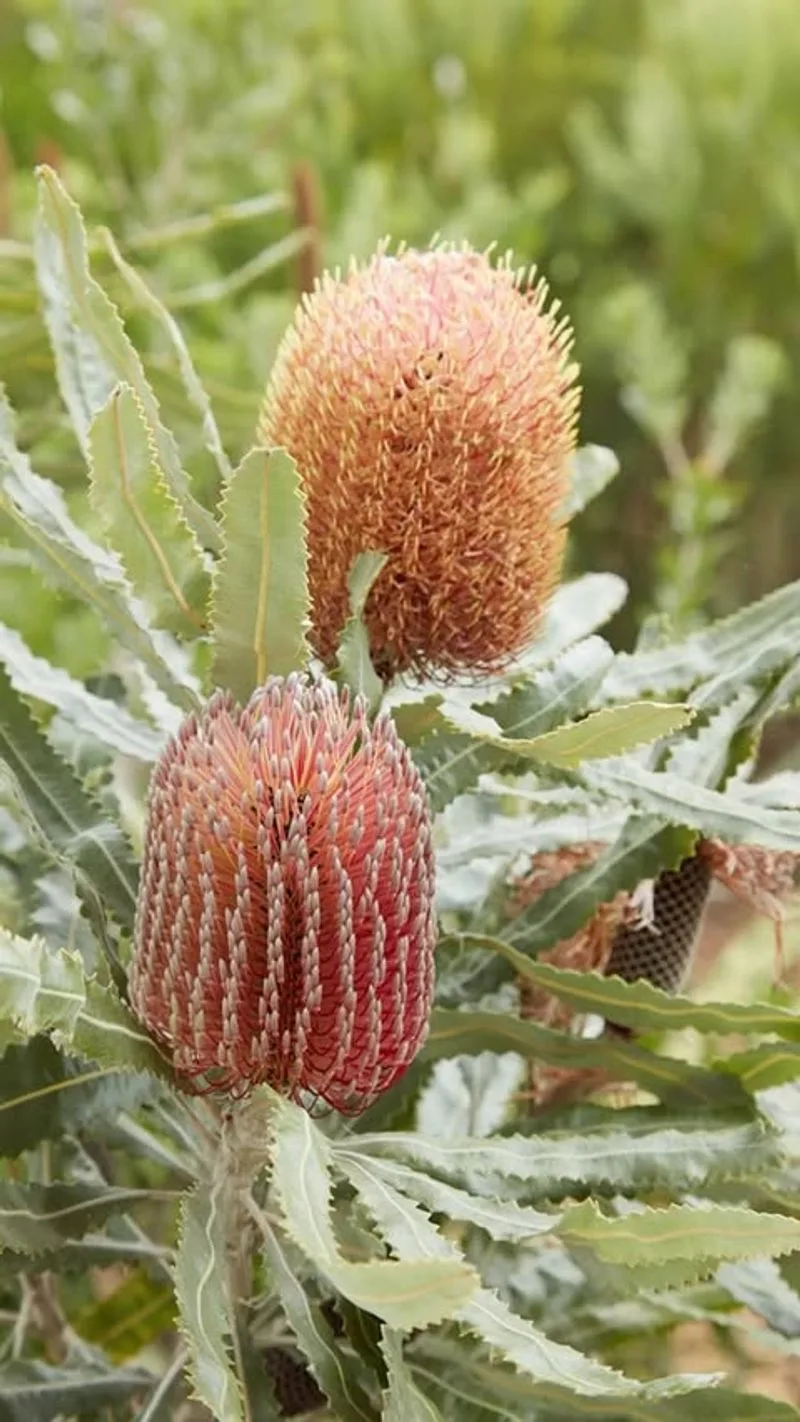
Native to Australia, Banksia plants have developed a remarkable strategy to cope with frequent bushfires. Their thick, woody cones store seeds which are released by the heat of a fire. This method allows seeds to spread in a landscape cleared of competitors.
The ash-enriched soil presents ideal conditions for seedling development. As the fire recedes, new Banksia plants emerge, their vibrant flowers contrasting with the scorched earth. This cyclical process underscores the importance of fire in maintaining the health and diversity of Australian ecosystems.
Jack Pine
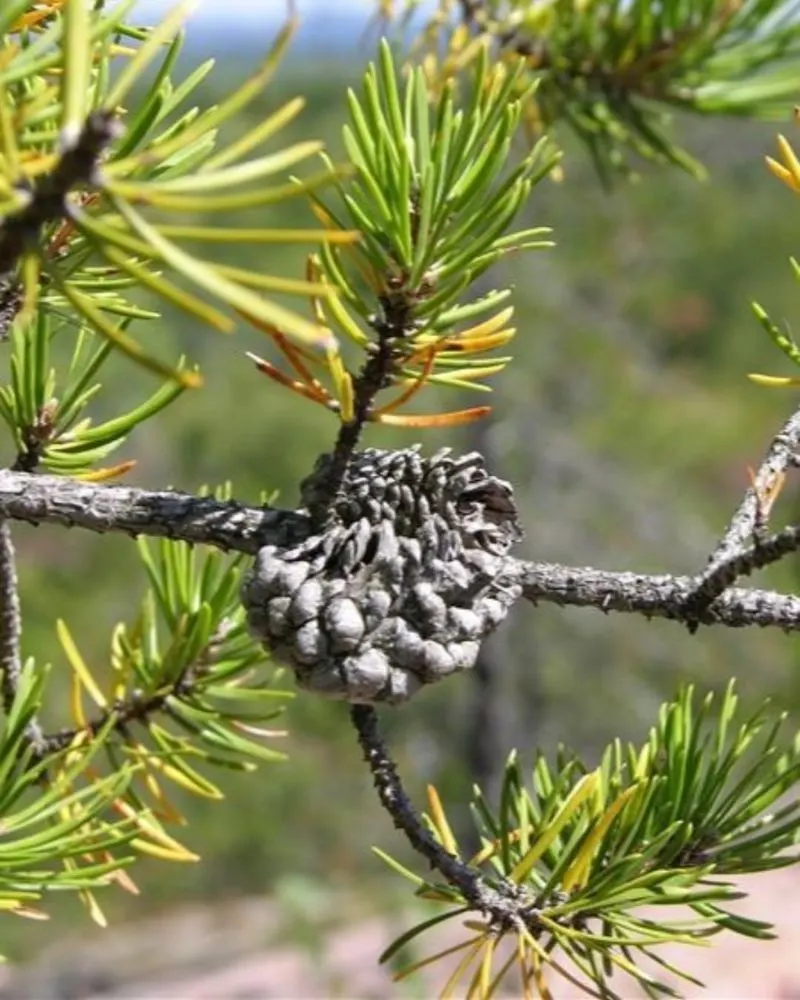
The Jack Pine, predominantly found in Canada, relies heavily on fire to maintain its lifecycle. Its serotinous cones remain closed until the heat from a wildfire melts their resinous coating. This adaptation ensures seeds are dispersed during optimal conditions for growth.
Post-fire environments, devoid of dense vegetation, provide ample sunlight and reduced competition. As the forest regenerates, Jack Pine seedlings quickly establish themselves, taking advantage of the nutrient-rich ashes. This fire-driven reproduction cycle is critical for the survival and propagation of the species.
Eucalyptus
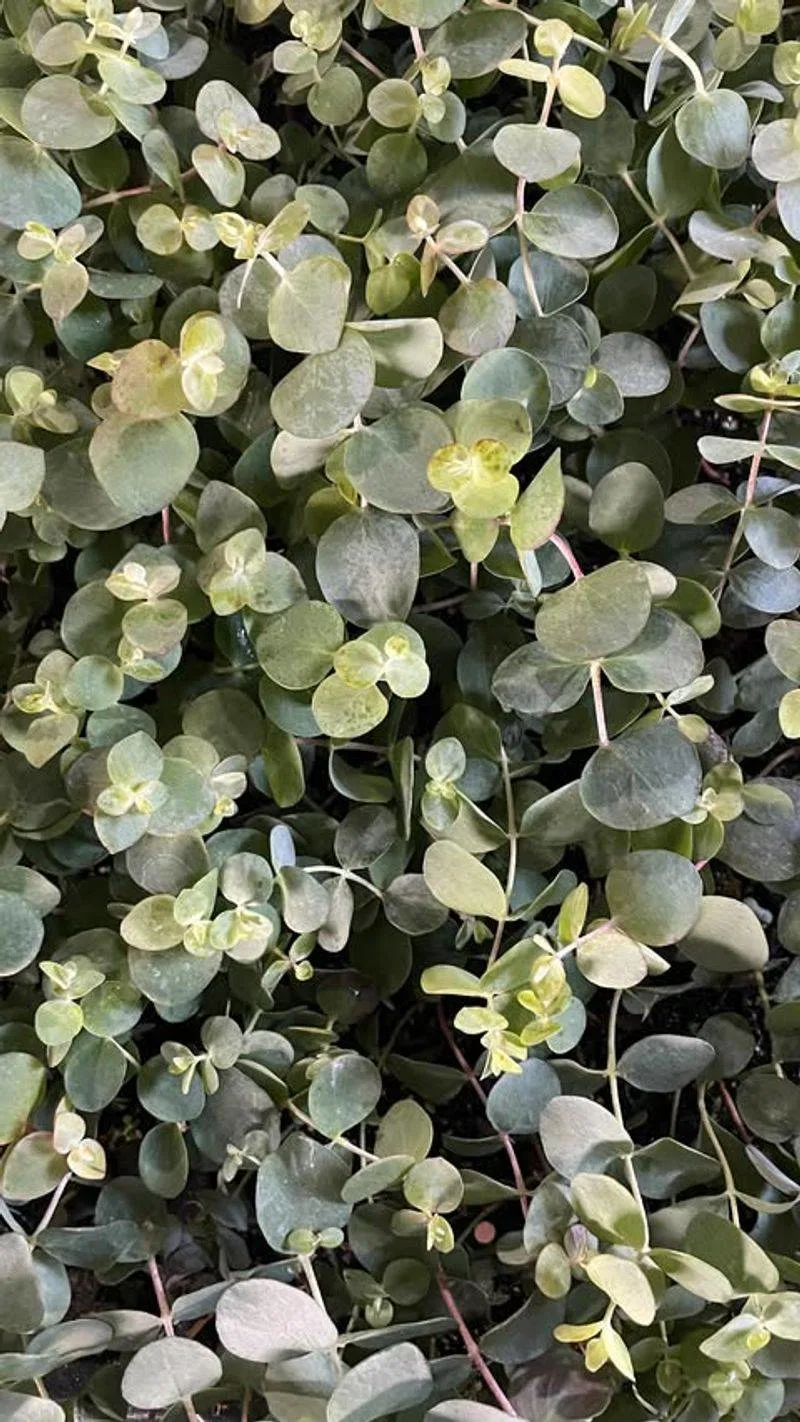
Eucalyptus trees, iconic to Australia, have evolved to not just survive but thrive in fire-prone areas. Their bark contains volatile oils that fuel fires, yet this same fire triggers seed release and germination. The heat clears the ground, leaving behind nutrient-rich ash perfect for new seedlings.
Additionally, some Eucalyptus species sprout robust shoots from their charred trunks, ensuring rapid regrowth. This dual strategy of seed dispersal and vegetative regeneration exemplifies their adaptation to a fiery environment, maintaining their dominance in the landscape.
Manzanita
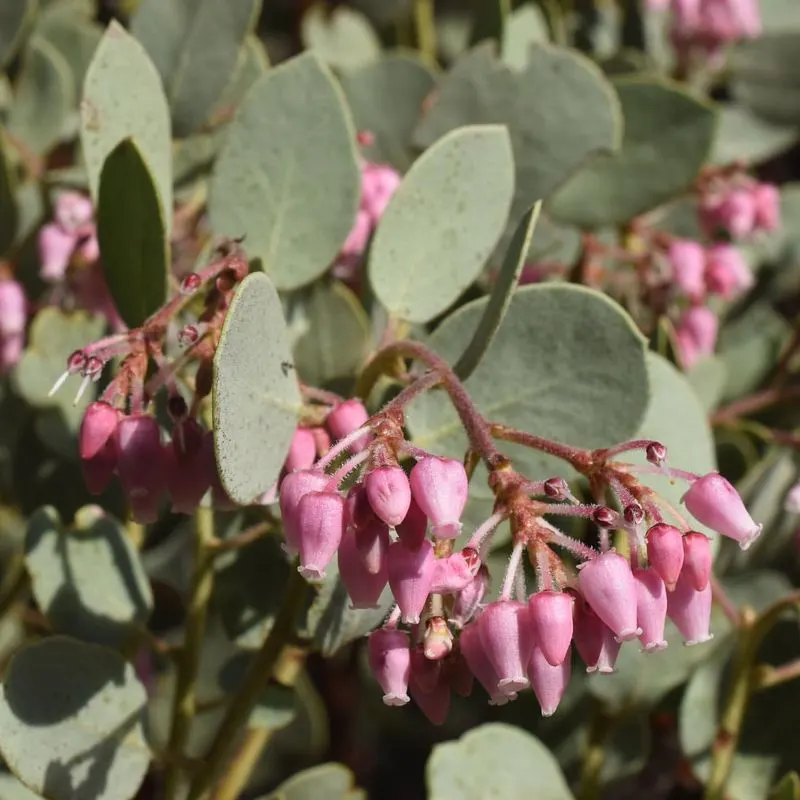
Manzanita shrubs, native to the Californian chaparral, have a unique relationship with fire. Their seeds are encased in a hard shell that requires intense heat to crack. This fire dependency ensures germination occurs in cleared spaces with reduced competition.
Following a fire, the landscape transforms, and Manzanita thrives, its bright red bark and fresh green leaves standing out against the charred earth. This adaptation not only aids in their reproduction but also plays a crucial role in the ecological recovery of fire-affected areas.
Giant Sequoia
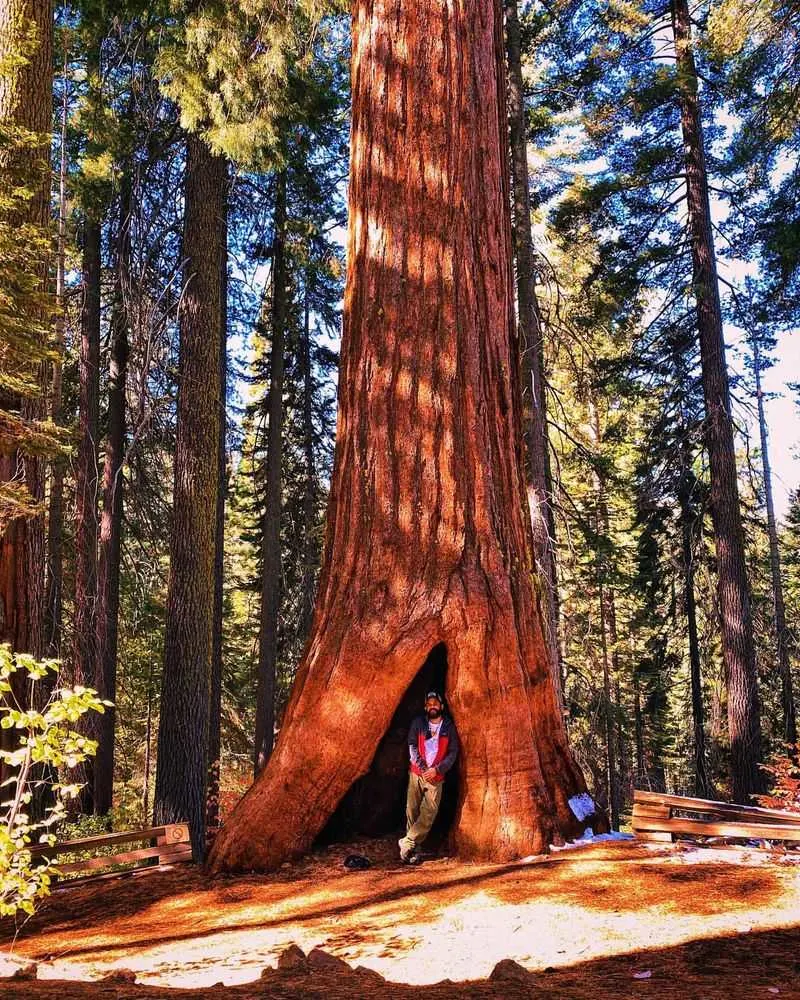
The majestic Giant Sequoia relies on fire to foster new generations. Their cones, sealed with a resin, require the heat of fire to open. This process allows seeds to fall onto the forest floor, cleared of dense undergrowth by the flames.
The post-fire environment, enriched with ash, provides ideal conditions for seedling growth. Giant Sequoias also benefit from fires by reducing competition for sunlight and nutrients. These trees, some of the oldest on Earth, use fire as a natural tool for regeneration, ensuring their legacy continues.
Chaparral Pea
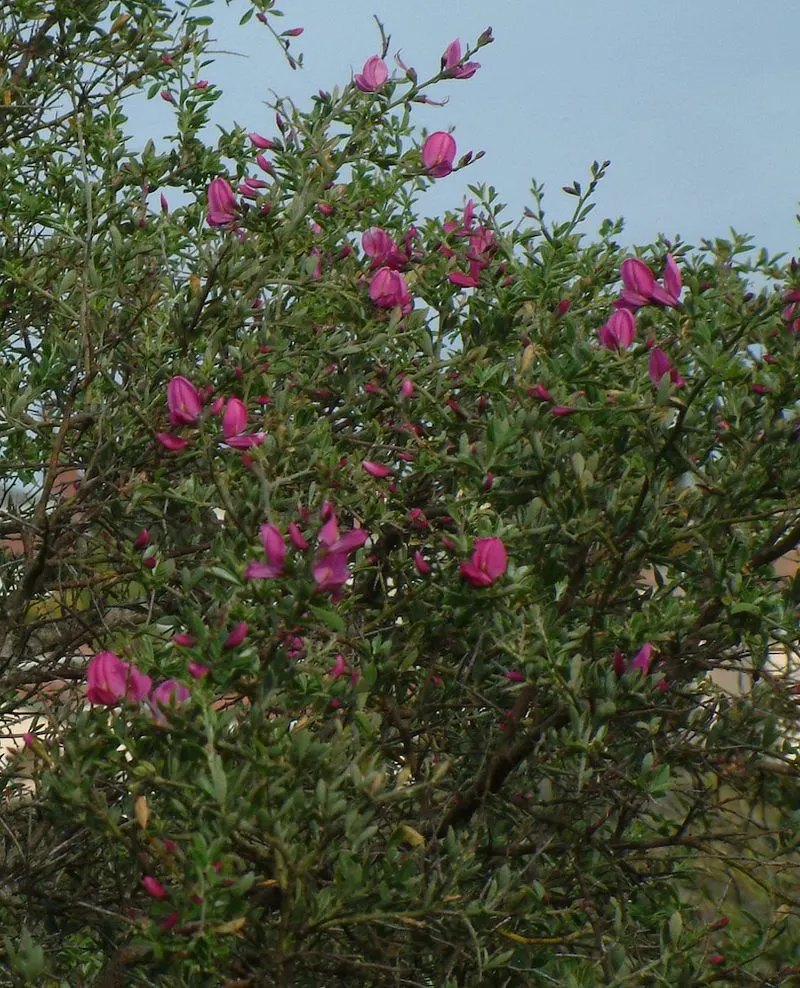
In Mediterranean climates, the Chaparral Pea plays a vital role in post-fire regeneration. Its seeds lie dormant in the soil until fire wakes them. The heat and smoke trigger germination, while the cleared landscape minimizes competition.
This fire-dependent strategy allows the Chaparral Pea to quickly establish itself, taking advantage of the nutrient-rich environment. As the scrubland recovers, these plants add vibrant pink hues to the terrain, contributing to the biodiversity and ecological balance of the region. Their presence is a key indicator of ecosystem recovery.
Mountain Ash
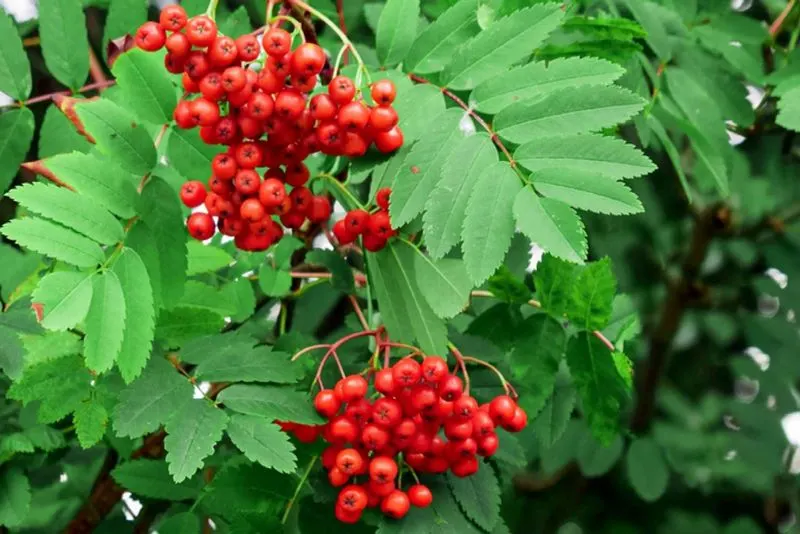
Towering in the Australian highlands, the Mountain Ash demonstrates a unique survival strategy in fire-prone areas. Fires trigger the release of seeds from their woody capsules, allowing for germination in nutrient-rich soil.
The flames also stimulate the growth of epicormic shoots along the trunks, providing a dual approach to regeneration. This extraordinary resilience ensures that Mountain Ash forests recover quickly, maintaining their ecological importance. These adaptations highlight the intricate balance between fire and forest health, showcasing nature’s ability to recover and flourish.
Slender Smoke Bush
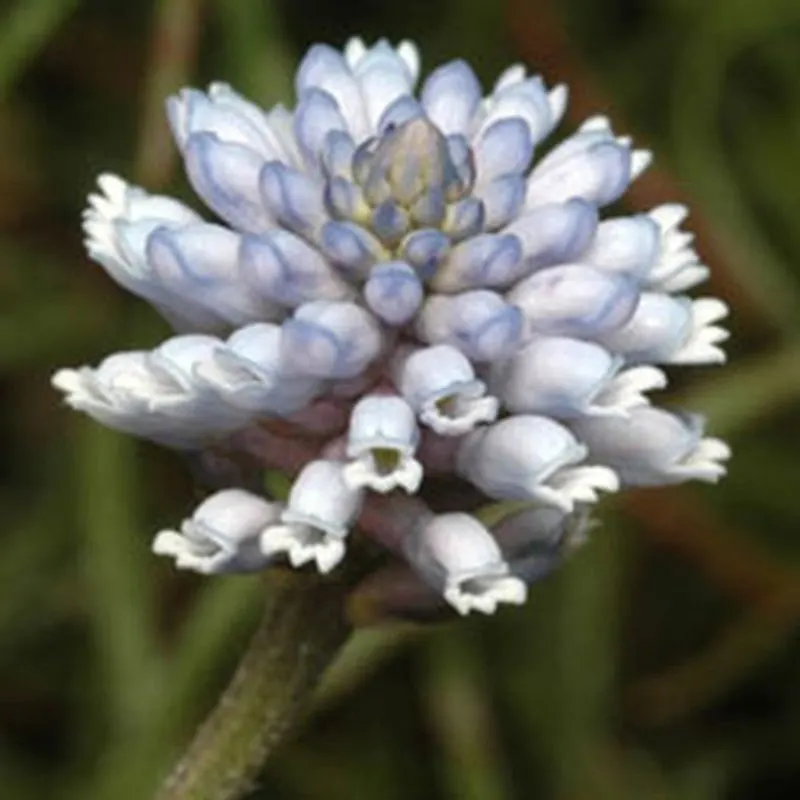
The Slender Smoke Bush is a striking example of fire adaptation found in South Africa’s fynbos. Its seeds remain dormant until activated by the chemical signals released from smoke during a fire. This ensures germination coincides with ideal post-fire conditions.
The cleared landscape allows these plants to flourish, adding bursts of purple to the regenerating vegetation. This dependency on fire and smoke not only aids in their reproduction but also supports the biodiversity of the region. Their presence is a vibrant reminder of nature’s resilience.
Sandplain Lupine
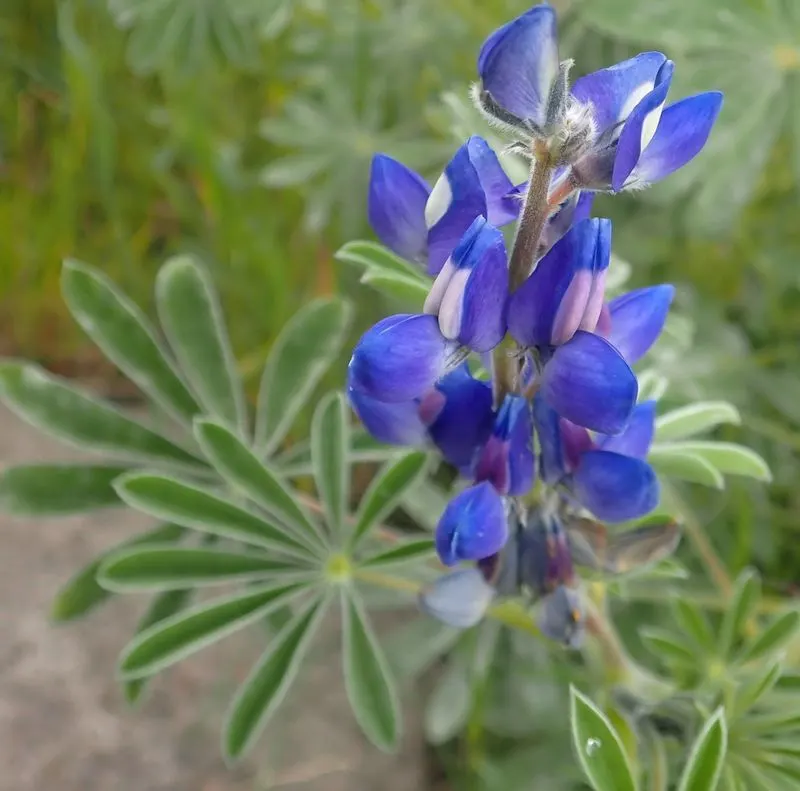
In the fire-adapted ecosystems of North American prairies, the Sandplain Lupine thrives post-fire. Its seeds, lying dormant, require the intense heat to begin germination. This strategic timing ensures seedlings emerge in landscapes free from competition.
The nutrient-rich ash and abundant sunlight provide optimal growth conditions. As the prairie recovers, the Sandplain Lupine adds splashes of blue, supporting pollinators and contributing to ecological diversity. This fire-induced germination is crucial for maintaining the health and balance of prairie ecosystems, illustrating the symbiotic relationship between fire and flora.

